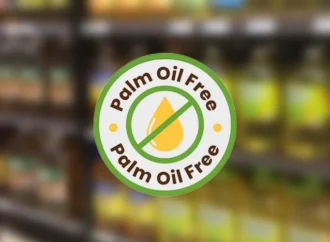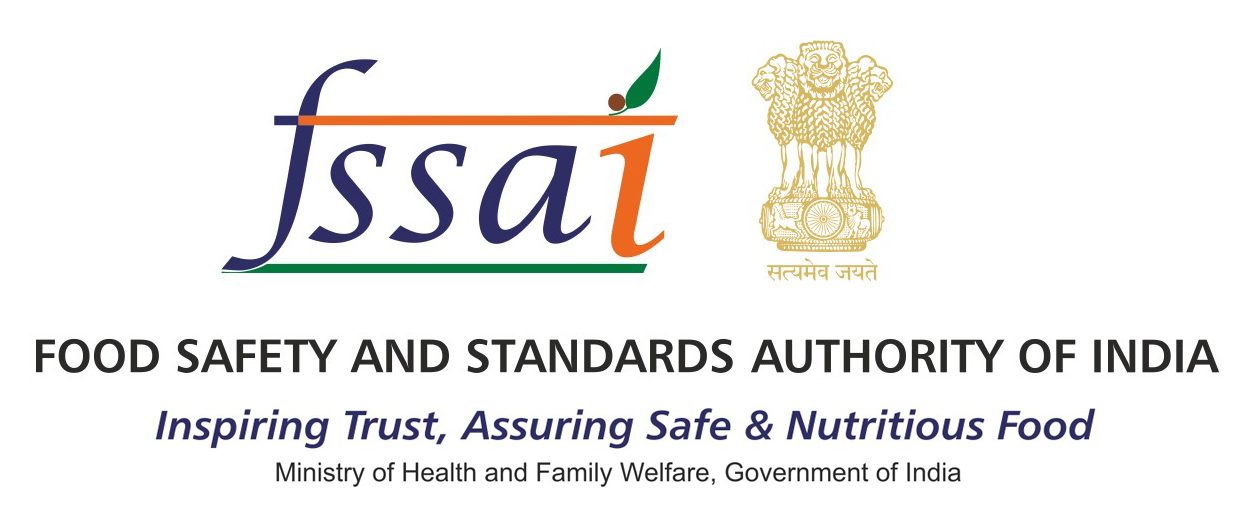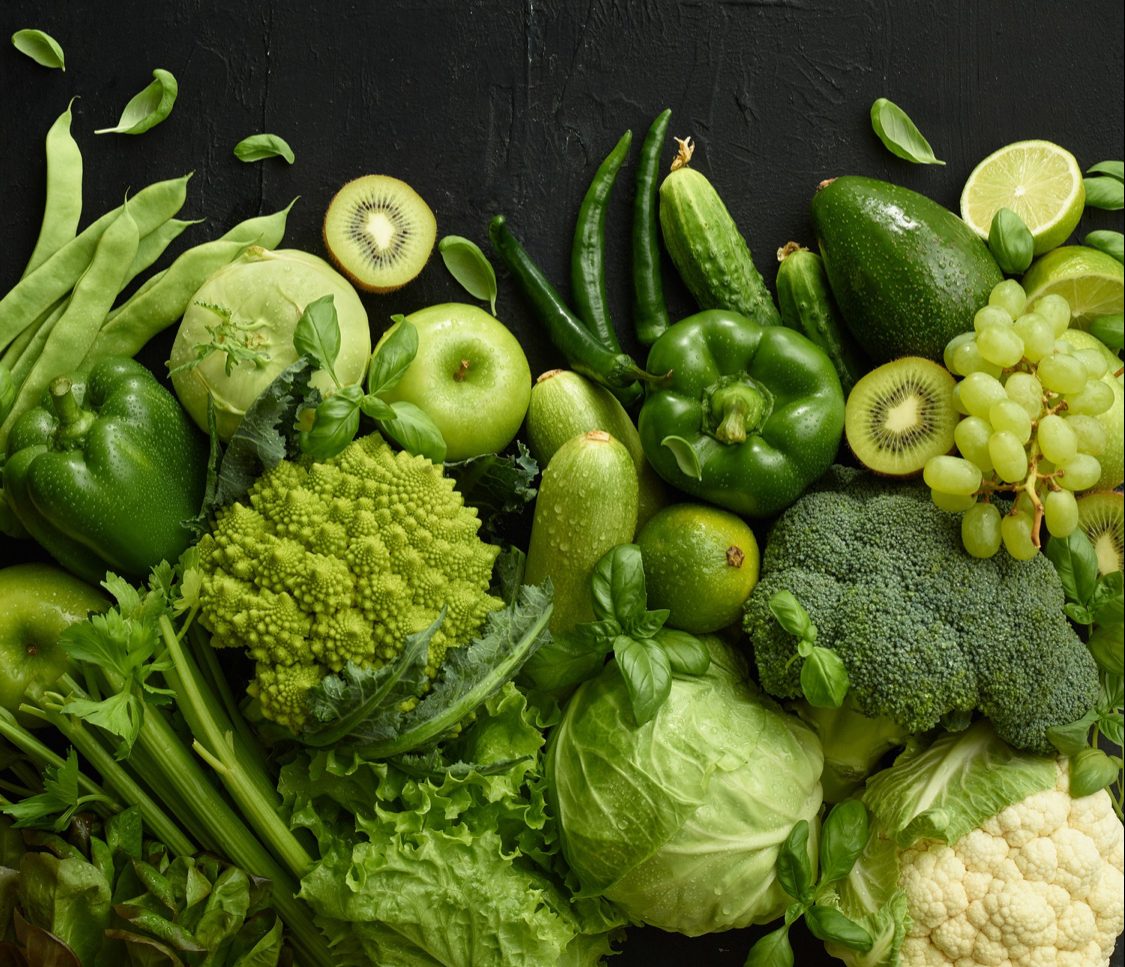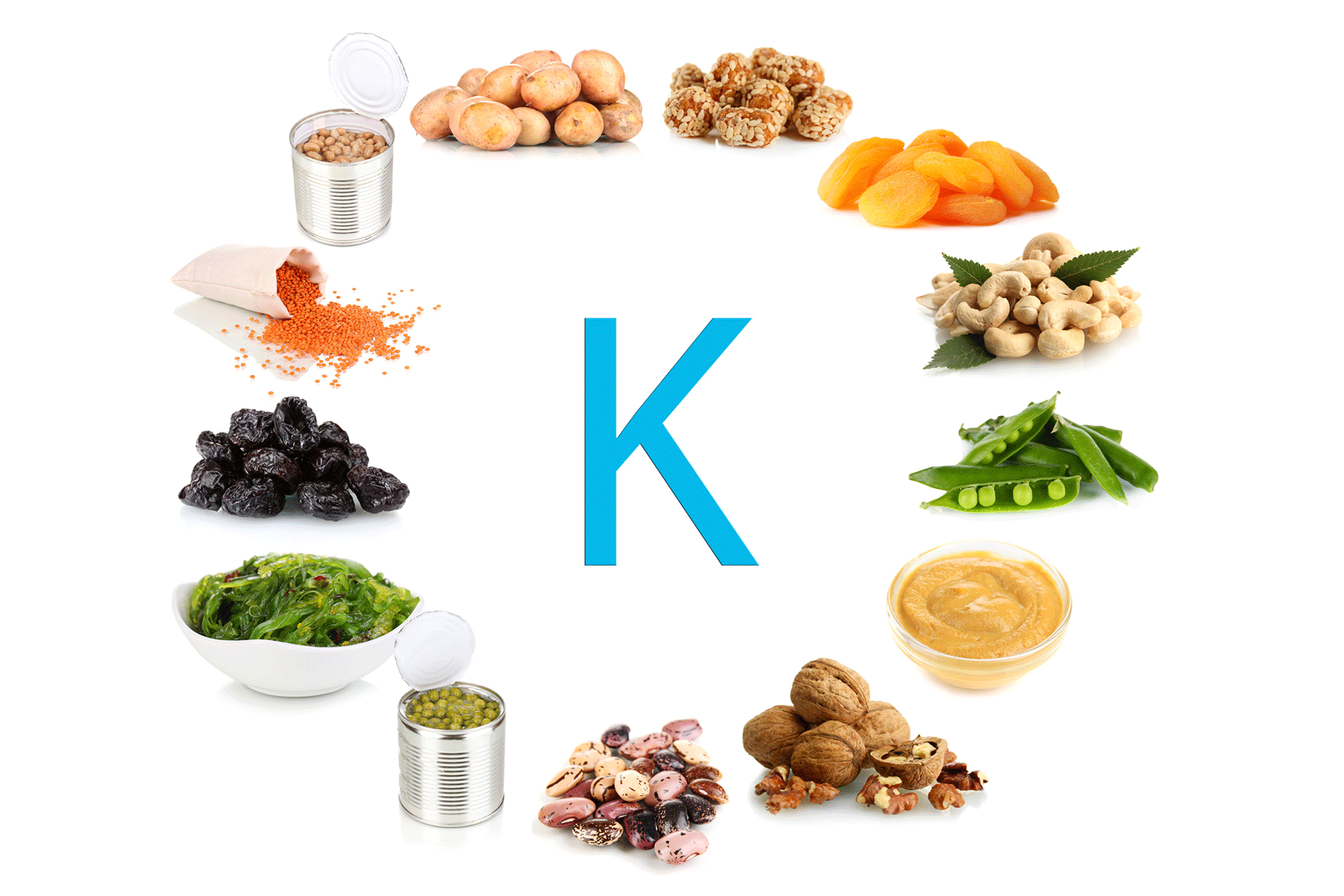Overview
To meet the growing demand for healthier, low-calorie drinks, Coca-Cola and PepsiCo are expanding their no-sugar offerings to compete with Reliance Consumer’s Campa. Both companies have introduced ₹10 packs for their diet and light beverages, including Thums Up X Force, Coke Zero, Sprite Zero, and Pepsi No-Sugar. This move highlights the increasing consumer focus on health and wellness, particularly reducing sugar consumption.
Strategic Pricing Approach
By introducing ₹10 packs, Coca-Cola and PepsiCo offer healthier alternatives without lowering their core product prices. Experts suggest both companies are monitoring the success of Campa and shifting consumer preferences before adjusting broader pricing strategies. These beverages are available at ₹10, ₹20, and ₹30, with 250 ml and 500 ml serving sizes, responding to the rising demand for low-calorie options.
PepsiCo Targets Key Markets
PepsiCo has launched 200 ml no-sugar Pepsi bottles at ₹10 in Andhra Pradesh, aiming to compete with Campa and regional brands. Since Campa’s 2023 launch in the region, Andhra Pradesh has become a key battleground for cola brands, with NielsenIQ data showing it and Telangana account for nearly 20% of India’s aerated drink sales.
Challenges in Profitability
Despite the surge in demand for low-sugar options, experts note that the ₹10 price point may not be highly profitable. As a result, Coca-Cola and PepsiCo are maintaining prices for their core products while running promotions and bundle deals to make healthier drinks more affordable without compromising profitability.
Growth of Low-Sugar Beverages
Sales of low- and no-sugar drinks surged last year, reaching ₹700-750 crore. PepsiCo’s no-sugar variants now account for 44.4% of total sales volume, reflecting the brand’s fastest growth in India as consumers increasingly prioritize health-conscious choices. Both companies are committed to addressing consumer preferences for healthier, low-sugar beverages while ensuring the safety and quality of their products. This includes rigorous monitoring of ingredients and adherence to food safety standards to meet the demands of health-conscious consumers.
Source: Business Standard
 Food Manifest
Food Manifest 













